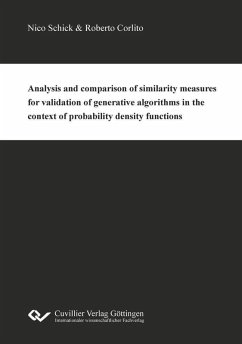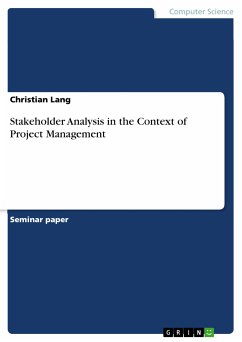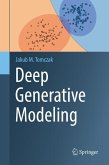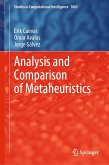About 3700 people die in traffic accidents every day. Human error is the number one cause of accidents. Autonomous driving can greatly reduce the occurrence of traffic accidents. To release self-driving cars for road traffic, the system including software must be validated and tested efficiently. However, due to their criticality, the amount of data corresponding to safety-critical driving scenarios are limited. These driving scenes can be expressed as a time series. They represent the corresponding movement of the vehicle, including time vector, position coordinates, speed and acceleration. Such data can be provided on different ways. For example, in the form of a kinematic model. Alternatively, artificial intelligence or machine learning methods can be used. They have been widely used in the development of autonomous vehicles. For example, generative algorithms can be used to generate such safety-critical driving data. However, the validation of generative algorithms is a challenge in general. In most cases, their quality is assessed by means of expert knowledge (qualitative). In order to achieve a higher degree of automation, a quantitative validation approach is necessary. Generative algorithms are based on probability distributions or probability density functions. Accordingly, similarity measures can be used to evaluate generative algorithms. In this publication, such similarity measures are described and compared on the basis of defined evaluation criteria. With respect to the use case mentioned, a recommended similarity measure is implemented and validated for an example of a typical safety-critical driving scenario.
Dieser Download kann aus rechtlichen Gründen nur mit Rechnungsadresse in A, B, BG, CY, CZ, D, DK, EW, E, FIN, F, GR, HR, H, IRL, I, LT, L, LR, M, NL, PL, P, R, S, SLO, SK ausgeliefert werden.









